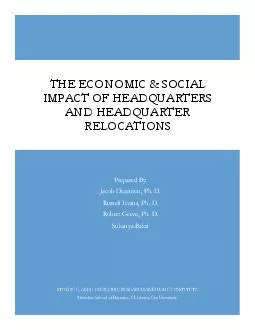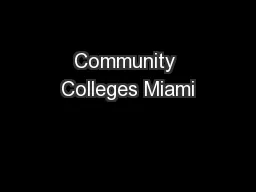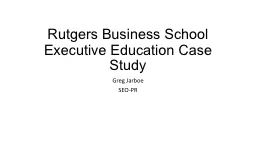PDF-MEINDERS SCHOOL OF BUSINESS
Author : winnie | Published Date : 2021-10-03
OKLAHOMA CITY UNIVERSITY2501 N Blackwelder AveOklahoma City Oklahoma 731061493STEVEN C AGEE ECONOMIC RESEARCH AND POLICY INSTITUTEMeinders Schoolof Business Oklahoma
Presentation Embed Code
Download Presentation
Download Presentation The PPT/PDF document "MEINDERS SCHOOL OF BUSINESS" is the property of its rightful owner. Permission is granted to download and print the materials on this website for personal, non-commercial use only, and to display it on your personal computer provided you do not modify the materials and that you retain all copyright notices contained in the materials. By downloading content from our website, you accept the terms of this agreement.
MEINDERS SCHOOL OF BUSINESS: Transcript
Download Rules Of Document
"MEINDERS SCHOOL OF BUSINESS"The content belongs to its owner. You may download and print it for personal use, without modification, and keep all copyright notices. By downloading, you agree to these terms.
Related Documents














